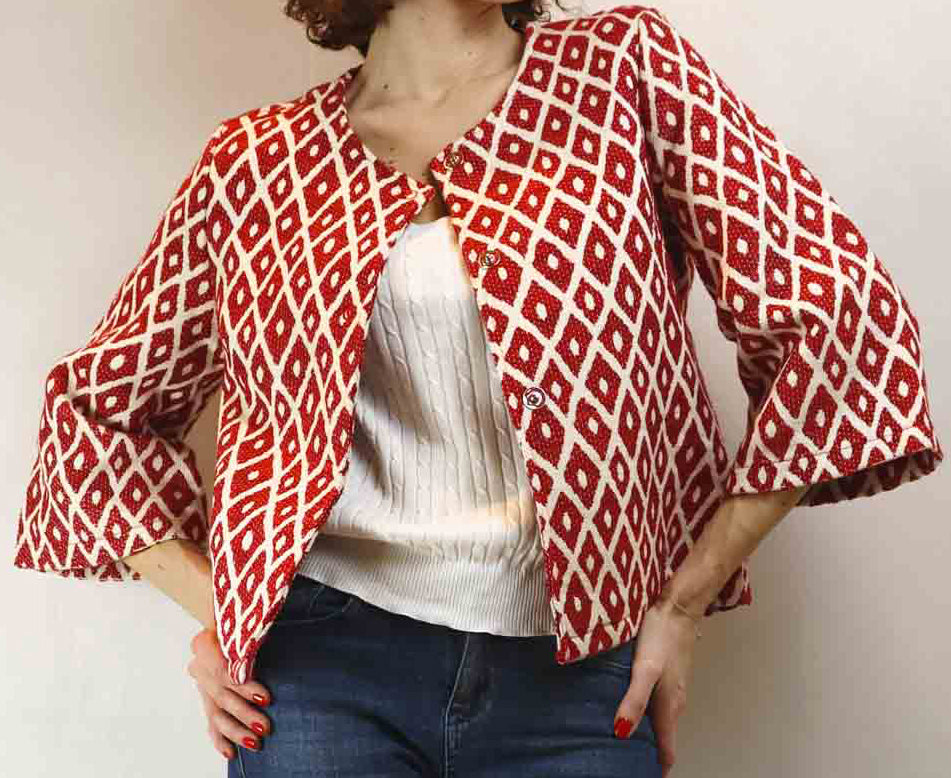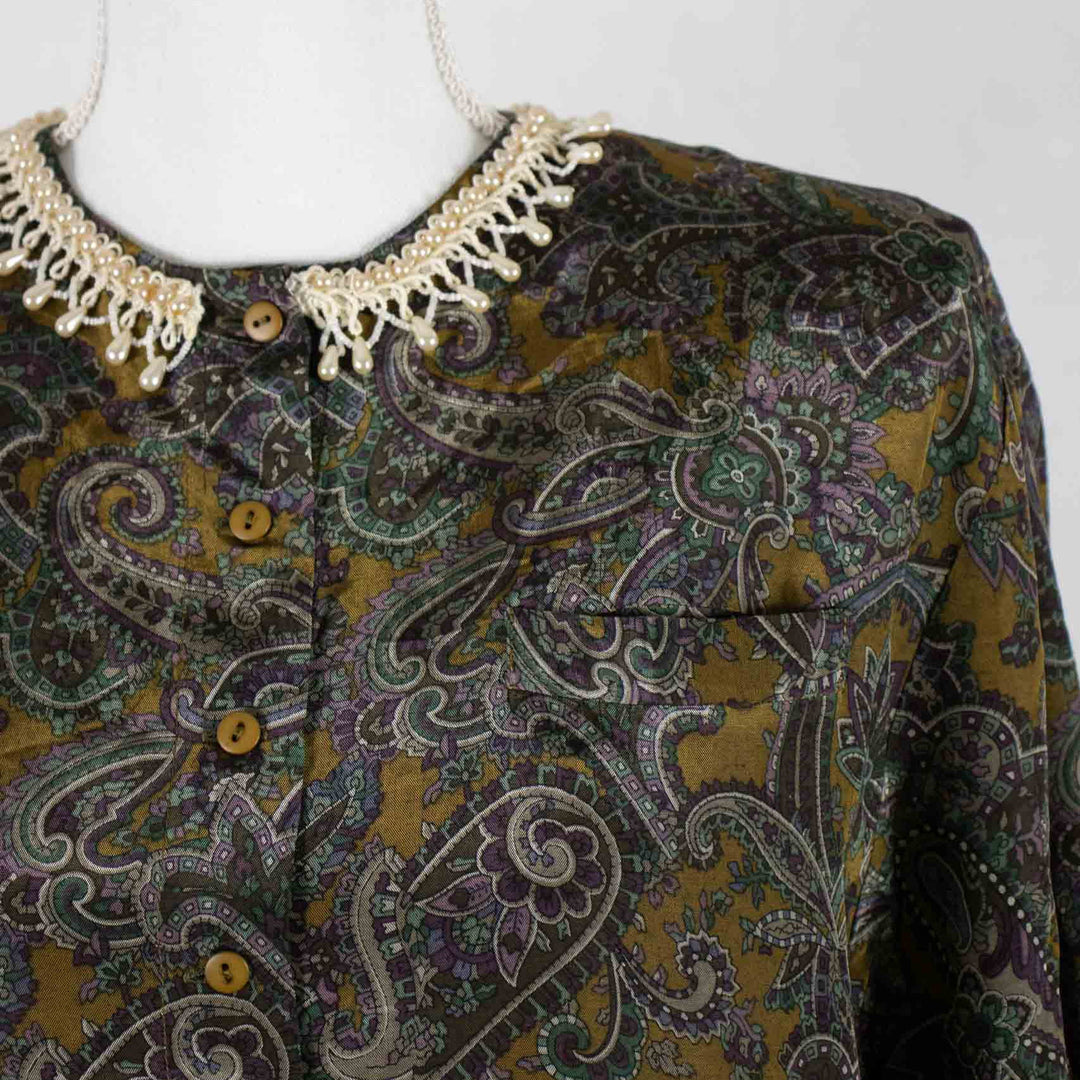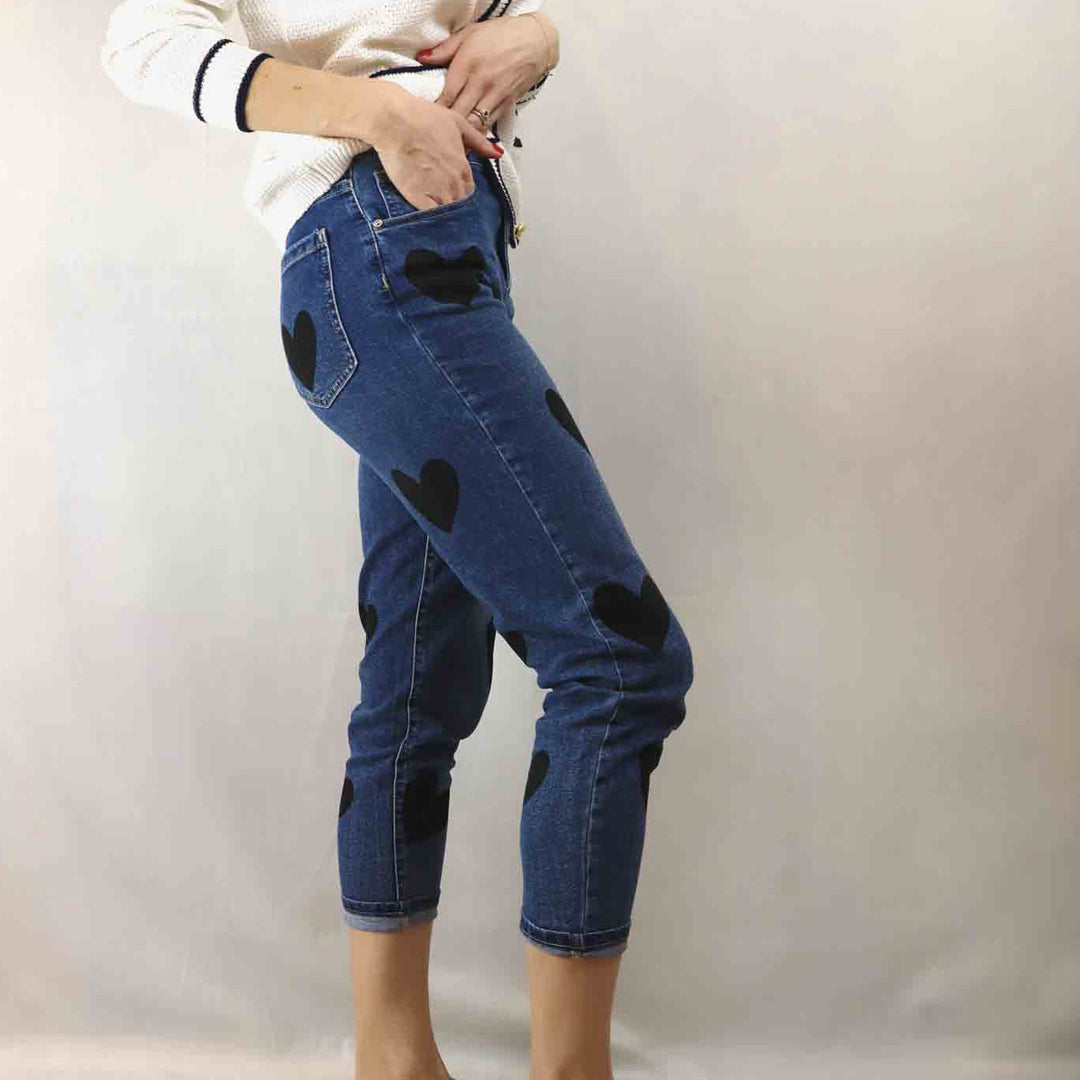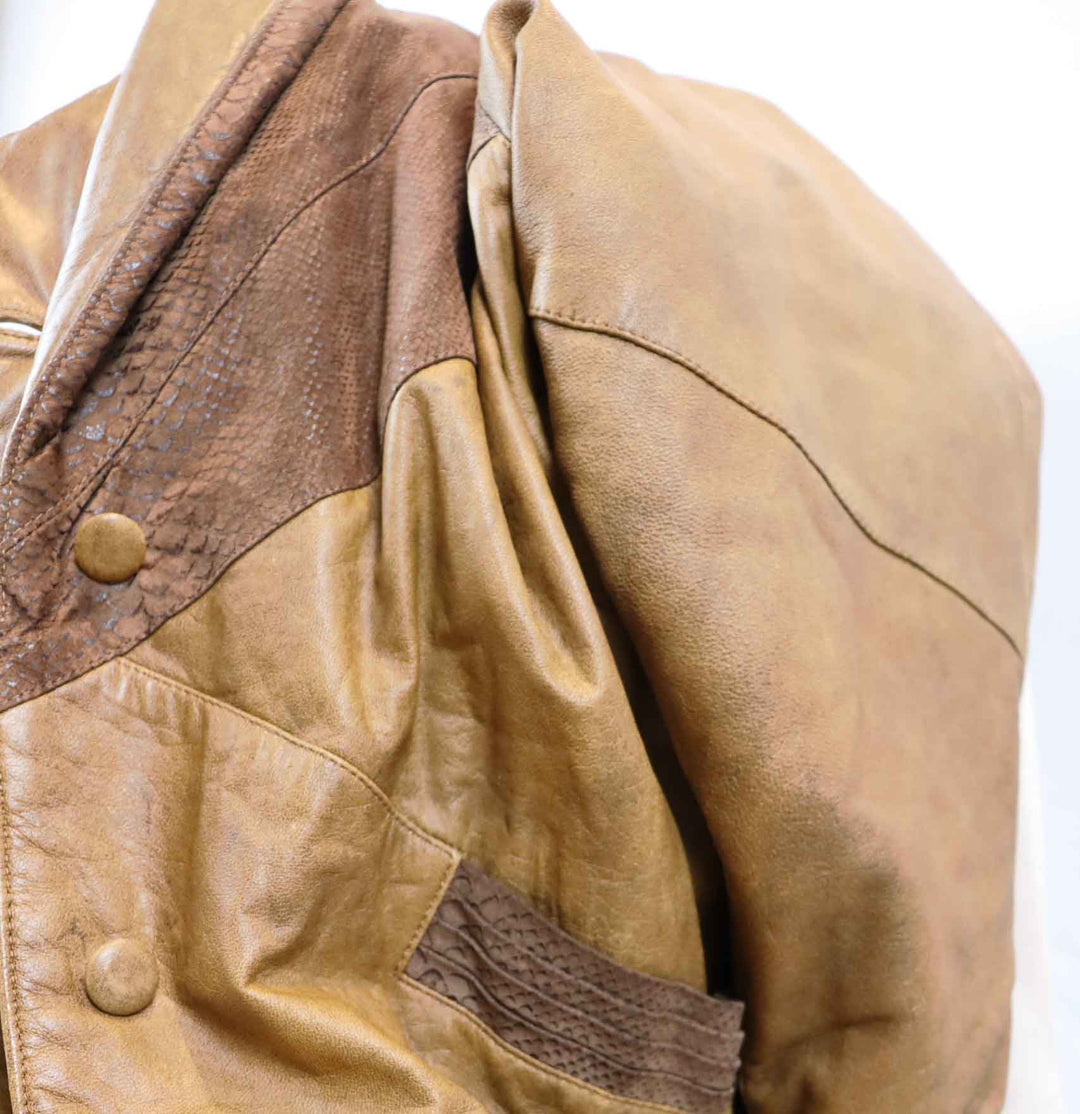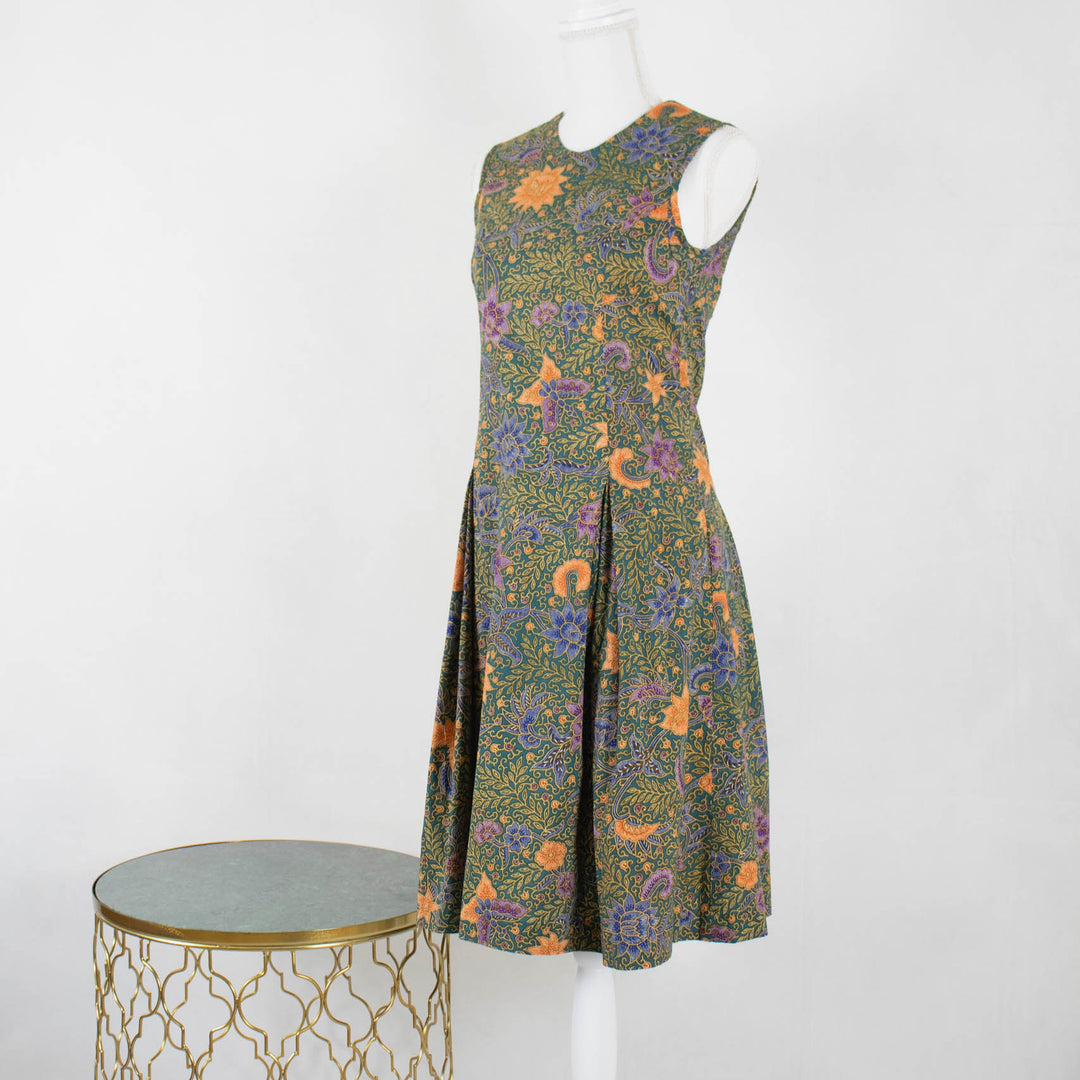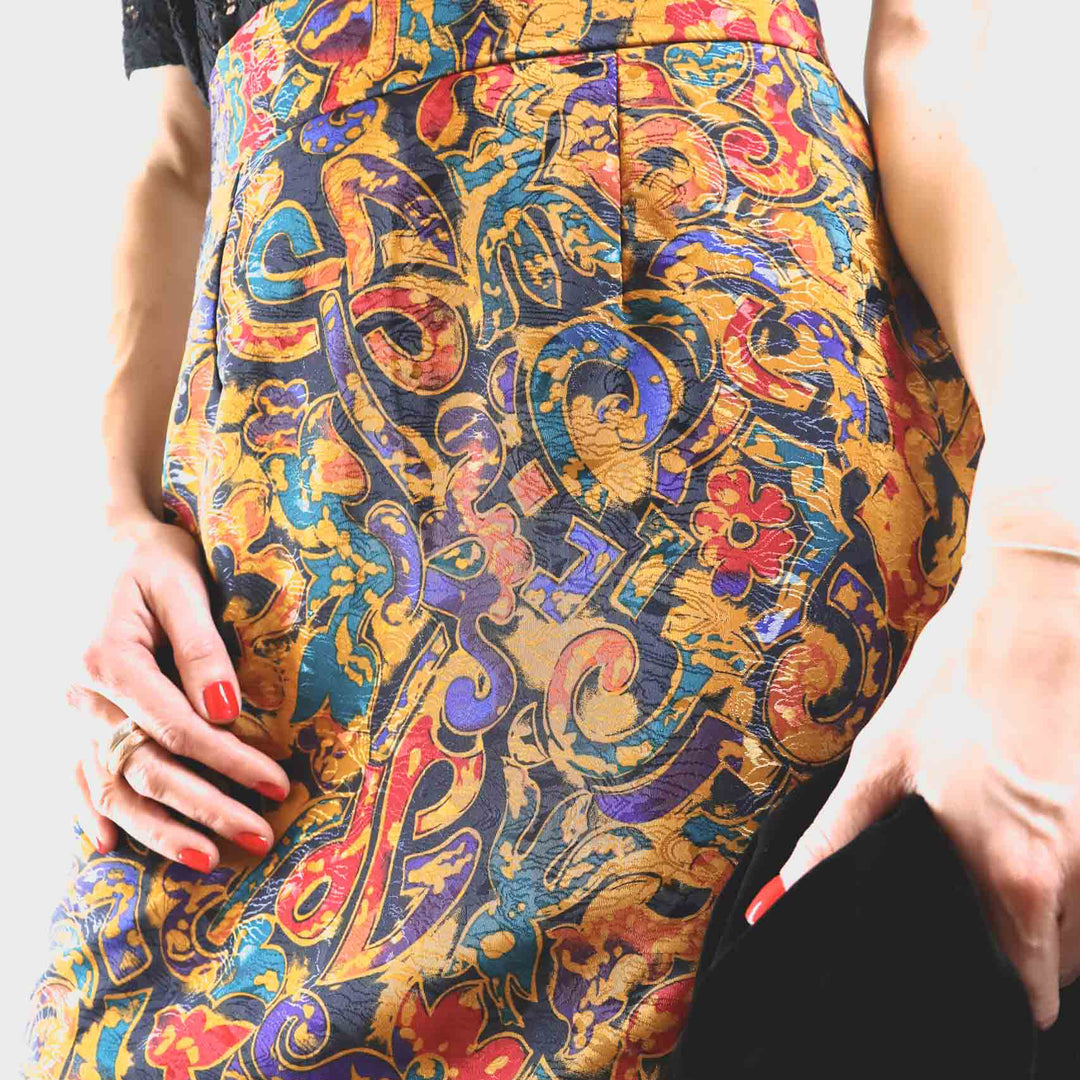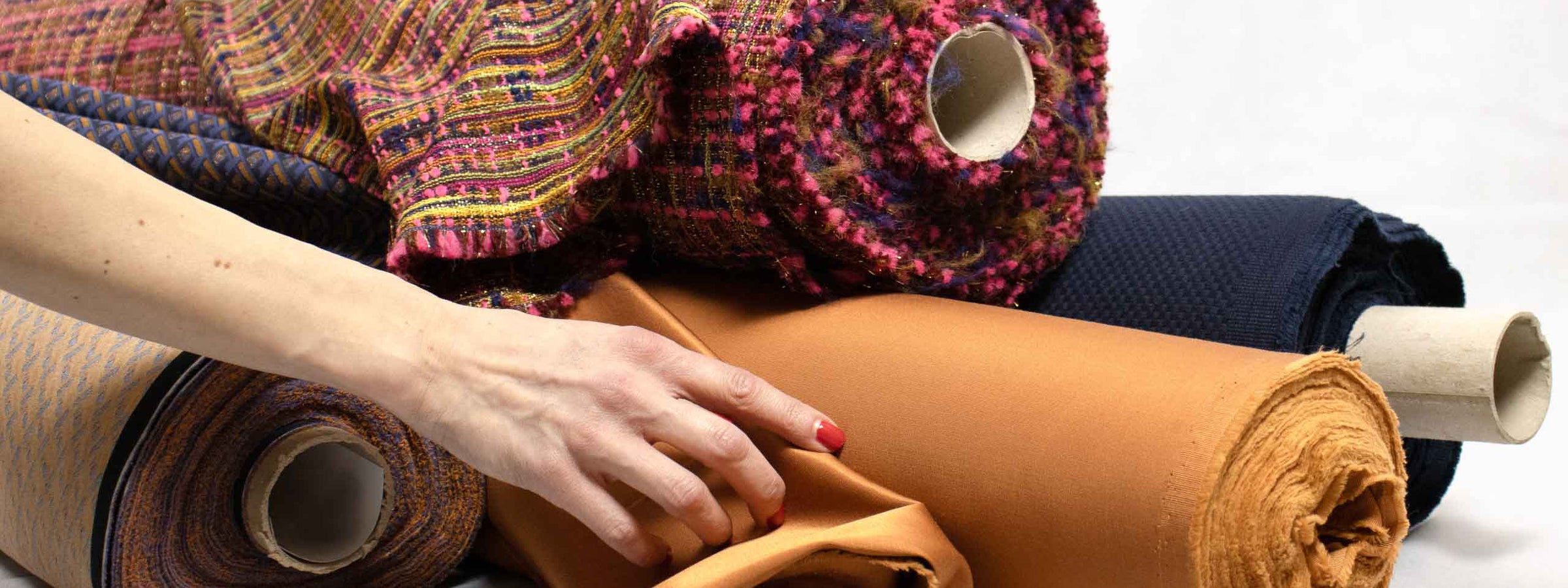
Materials
Transparency is important to us. We all want to know exactly what is in the products we buy every day, where they come from and how they are produced.
We also try to act as responsibly as possible when selecting our materials. For this reason, we specifically look for materials made from natural fibers or regenerated fibers. The latter are created through chemical (further) processing of natural raw materials. We try to keep the proportion of synthetic fibers in our products as low as possible and instead use materials such as (certified organic) cotton, wool, linen, silk, viscose or new products such as Tencel Lyocell.
In addition, we also use deadstock, i.e. remaining stock from larger fashion houses that is intended for disposal.
In our small textile dictionary we have collected information on the most important natural and near-natural materials used in the textile industry and in our products. Our textile dictionary is constantly updated and supplemented with further content.
If you would like to know more about materials, we recommend reading "ABC of Fabrics" by Elisabeth Berkau and Andrea Wolff (Winkler Medien Verlag), or "Textiles in Fashion Design. The Handbook for Choosing the Right Fabric" by Gail Baugh (Haupt Berne)
Small textile dictionary
Acetate is a synthetic fiber based on natural cellulose. Unlike viscose, modal or cupro, however, acetate is made from a cellulose compound.
CHARACTERISTICS:
unpopular with moths and mold, low shrinkage in the wash, quick-drying, similar to natural silk in feel, also light, elastic, supple and crease-resistant
Cotton grows on the mallow plant Gossypium. Nine months after sowing, the fruit capsules open and release the white seed fibers. These are spun and woven. Cotton is the most processed fiber in the world, accounting for 46% of the total.
CHARACTERISTICS:
tear-resistant, more abrasion-resistant than wool, resistant to heat
Cupro is a cellulose fiber. The pulp obtained from tree wood is dissolved and spun using a wet spinning process. Cupro is no longer produced in Germany.
CHARACTERISTICS:
fine and silky
Precious, noble hair from the Kashmir goat. This goat is kept in Iran and Afghanistan, but also in the Himalayas (at altitudes of up to 4,000 m!). The animal's fine undercoat, which is regularly shed (or combed out) in spring, is particularly sought after.
CHARACTERISTICS:
very fine, soft, supple, light as a feather, silky shiny.
Cashmere is one of the most expensive and rarest fibers. Only about 1/70 of the world's fiber consumption is made up of this precious hair.
Cashmere is often mixed with merino wool. This also makes the material more durable.
Linen is the name given to the stem fibre of the flax plant. It is one of the oldest cultivated plants in existence. In ancient Egypt, linen fabrics are said to have been made by hand, and today this fineness can hardly be achieved by machines.
CHARACTERISTICS:
Excellent heat conductivity, cooling in hot weather, tear-resistant, hardly electrostatic, dirt-repellent, antibacterial, boil-proof and silky shiny.
ATTENTION! - Linen wrinkles. In some cases, however, this wrinkled property gives the clothing exactly the desired characteristic appearance!
Glittering metal yarns are also called Lurex®. Their effect is created by laminating the finest aluminum ribbons onto cellulose acetate foils.
Cellulose-based staple fiber produced using the viscose process.
CHARACTERISTICS:
even, fine, cuddly
Improved resistance to stretching makes Modal very dimensionally stable even with frequent washing and heavy use
Valuable, noble hair from the Angora goat from Asia Minor. Today, the animals are mainly bred in South Africa and Texas.
CHARACTERISTICS:
light, soft, supple, very warm, naturally shiny wool
Have you heard of kid mohair ? This is the name given to the wool of young Angora goats.
All naturally occurring, non-synthetically produced fibers are called natural fibers.
Examples: Plant fibres such as cotton, linen, ramie, hemp
or
Animal fibres such as silk, wool, fine hair
Rayon is considered an outdated name for viscose filament fibers, which are hardly used anymore today.
Very high-quality bast fiber, but only extracted and processed in small quantities. Extracting the cellulose fibers from the plants is complex and expensive. Ramie is often spun with cotton or linen to make mixed yarns.
CHARACTERISTICS:
lightfast and rotproof, high tensile strength, gloss, washable
Only wool that has been sheared from living sheep and has not yet been processed, i.e. is new, may be called new wool or pure new wool.
Silk is often described as the finest of natural fibers. It is considered particularly valuable due to the laborious extraction process, its special properties and its elegant appearance and drape. It was the first so-called continuous fiber and served as a model for all chemical fiber filaments known today. Silk has been produced in China for 5,000 years. Silk is obtained from the cocoons of silkworm or mulberry moth caterpillars, which are unwound and then processed.
CHARACTERISTICS:
Shine, fineness, lightness, suppleness, crease resistance, elasticity, strength, insulating ability.
ATTENTION! - Silk is sensitive to acids, alkalis, heat, sweat and UV light.
Maybe you've heard of wild silk ? It comes from caterpillars of other butterfly species, such as wild moths, which are not farmed. Wild silk cannot be unwound from the cocoon, but must be spun.
CHARACTERISTICS:
Not as soft and smooth as SE, but a bit less sensitive.
Viscose is a natural synthetic fiber based on cellulose. The actual cellulose polymer of viscose occurs naturally, for example in wood. With the help of chemistry and technology, it is brought into the form of a textile fiber.
For this purpose, cellulose is extracted from the shavings of tree wood or annual plants and processed into a honey-like spinning liquid.
CHARACTERISTICS:
white, supple, soft, silky shiny, easy to dye, not very wet-strength.
ATTENTION! - please wash viscose carefully!
Basically, wool usually refers to sheep's wool. But fine hair is also often referred to as wool. Wool is a natural and renewable raw material that has excellent thermal properties. It is one of the oldest textile fibers and was first used as felt and later, from the Bronze Age onwards, spun and woven.
Sheep are sheared regularly to obtain wool. Depending on the age of the sheep, the wool has different properties and is therefore called something different:
- Lamb's wool - particularly soft and fine hair from a lamb that has been sheared for the first time and is about six months old
- Yearling wool - shearing of a one-year-old sheep
ATTENTION! The term "pure new wool" may only be used for wool shorn from living sheep.
CHARACTERISTICS:
stretchy and elastic, almost wrinkle-free, supple, heat-retaining, dirt-repellent.
(further information: ABC of Fabrics, Elisabeth Berkau and Andrea Wolff, 2017.)




